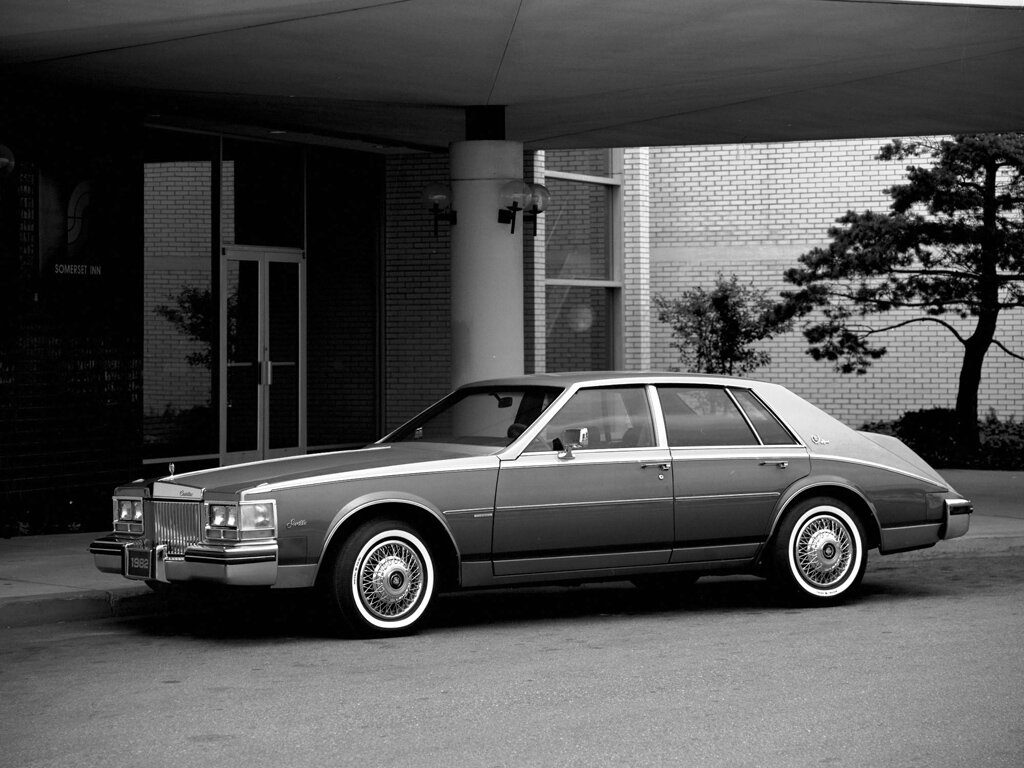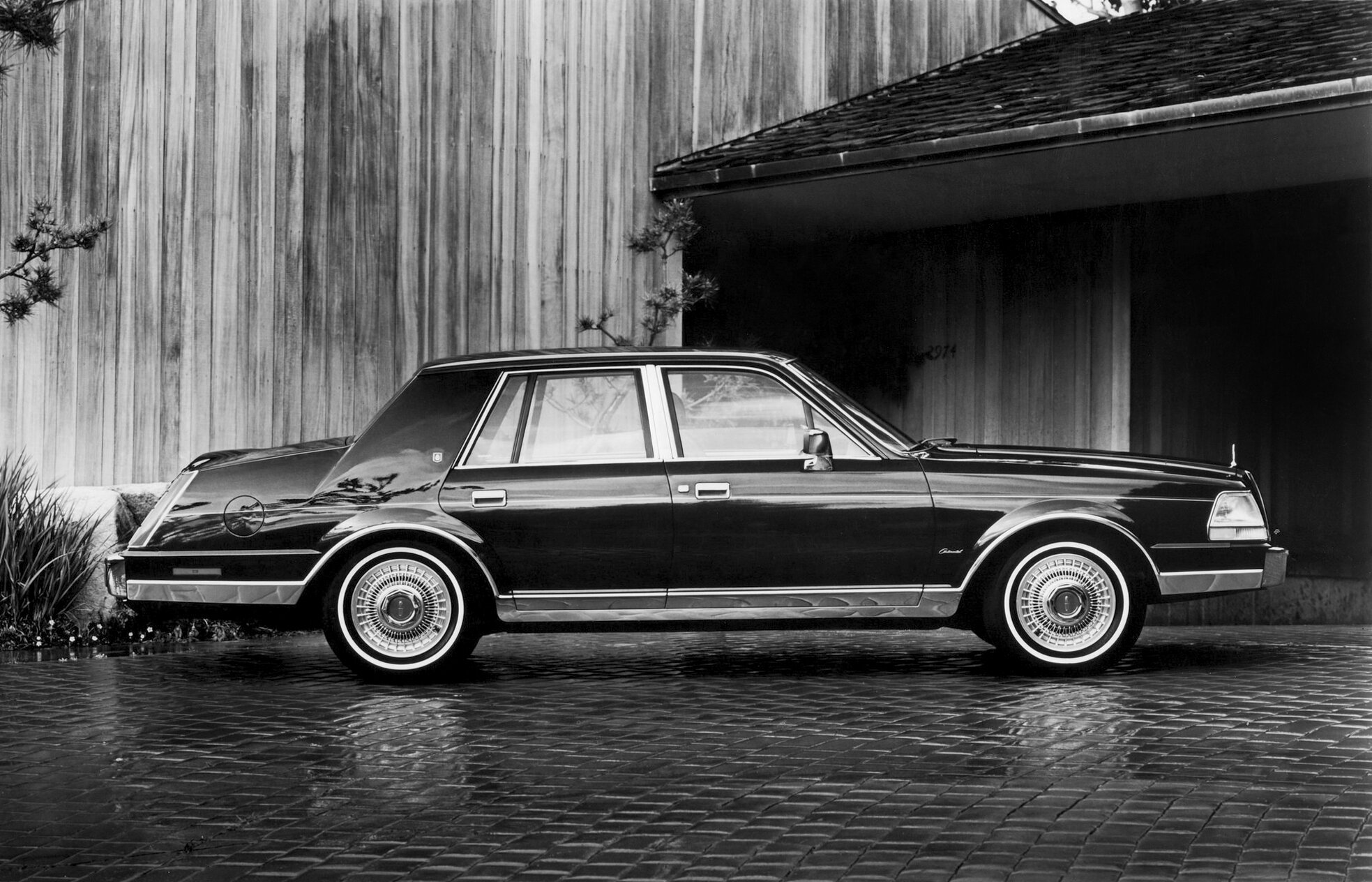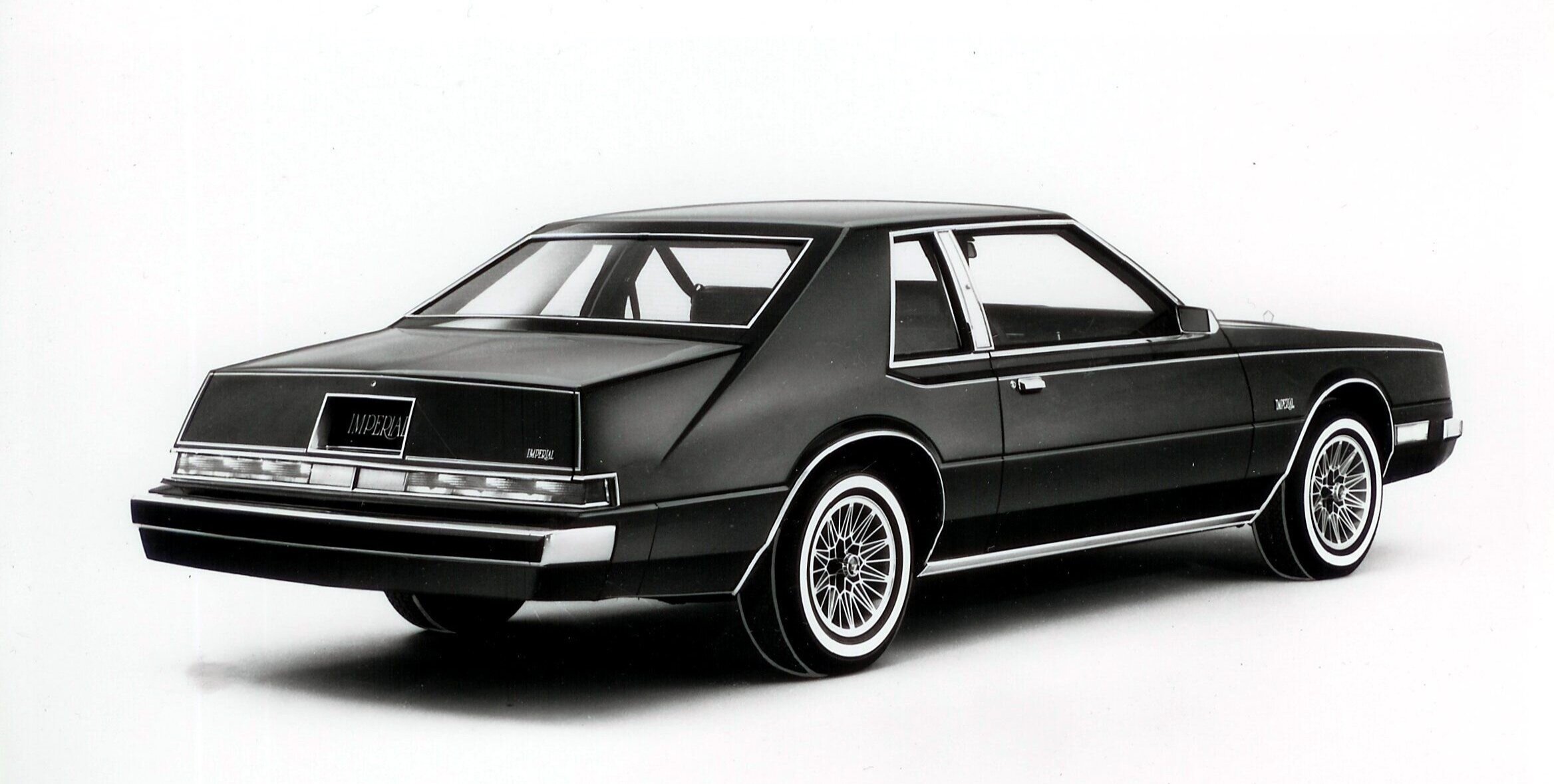Hustle & Bustle
Nothing is so peculiar as a misguided idea whose time has come.
Errant charisma (photo © GM)
American car design of the ‘80s is typically accused of one trait above all else: blandness. The middle of the road seemed to be where most Detroit designs were aimed at, while exuding the numbing stench of vanilla. At least beefore ostentatious aerodynamics became dernier cri towards the end of the decade and once more lent the American car some semblance of aesthetic relevance.
There was one early ‘80s fashion though that could never be accused of inexpressiveness: the Bustleback. It appears rather difficult to fully comprehend the creative and decision making process that led to this most peculiar car design fad, but its first representative is all the more easily identifiable as the 1980 Cadillac Seville. Designed by Wayne Kady under the auspices of outgoing GM Vice President of Design, Bill Mitchell, the Seville’s was undoubtedly a statement design. Cladding a number of innovations for the Cadillac brand (like a diesel engine), the Seville’s Bustleback shape can be interpreted as a form of insurgency against the then-current European luxury car style idiom - rather ironically through employing a very old-fashioned European styling feature.
Not your average Rolls-Royce homage (photo © GM)
The main inspirations for the ’80 Seville would obviously have been the Rolls-Royce and Bentley limousine variants by British coachbuilders, Hooper and Freestone & Webb. Their Empress Line and Razor Edge style respectively tended to act as alternatives to the more harmonious, classicist body styles proposed by competitors such as H J Mulliner or Park Ward. Wayne Kady’s Cadillac homage combined these British limousines’ rear style with a considerably lower body and an otherwise unremarkable standard FWD Cadillac snout. The resultant amalgamation was certainly characterful and not quite as unbalanced as the set-up would suggest, but hardly harmonious or genuinely attractive either. However, it did present itself as a distinctive alternative to the increasingly sober forms of the Cadillac’s main competitor from Europe, the Mercedes S-class.
More intriguing than the Cadillac itself was the fact that it didn’t remain a complete outlier. Detroit being Detroit, competition among the Big Three was given at least as much consideration as offering appealing products to customers in those days. Only against this backdrop can one grasp that the Bustleback Seville wasn’t some quirky anomaly, but was copied by both other American luxury brands in the rather ungainly forms of the ’81 Imperial (by Chrysler) and Ford’s ’82 Lincoln Continental models. Neither of these epigones would’ve been created as a reaction to the Cadillac’s runaway sales success - firstly because there was none and secondly because timing suggests that both Ford and Chrysler started working as soon as they got the faintest of winds of General Motor’s bold design move. This would have been hence years before the first Bustleback Seville had landed on any Cadillac dealer’s forecourt.
From today’s perspective, one could smugly dismiss this as another episode of the opus that is The Fall Of Detroit - yet another example of those ever so slowly disintegrating giants getting distracted by navel-gazing, to the detriment of the creation of forward-thinking, customer-focused products. After all, the Bustleback is too tangible, too amusing an illustration of this phenomenon. But such a reaction wouldn’t be merely smug, but just as short-sighted as some of the Big Three managements’ poorer decisions. For the spawn of today’s Grille Wars are unlikely to be judged much differently in some decades’ time than the Bustlebacks are now.







